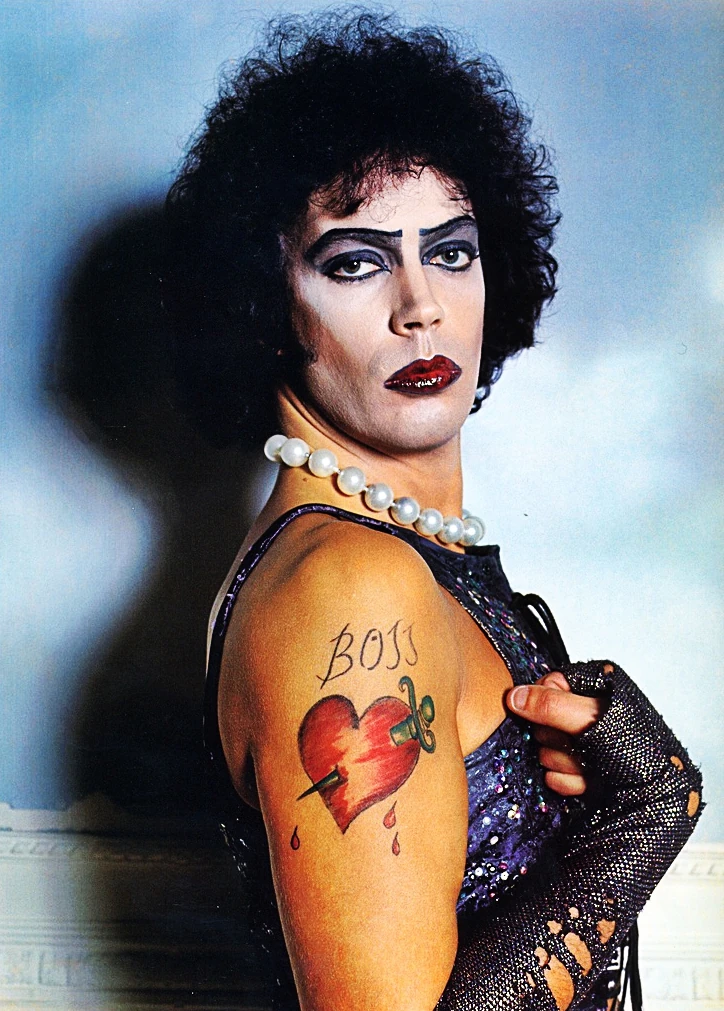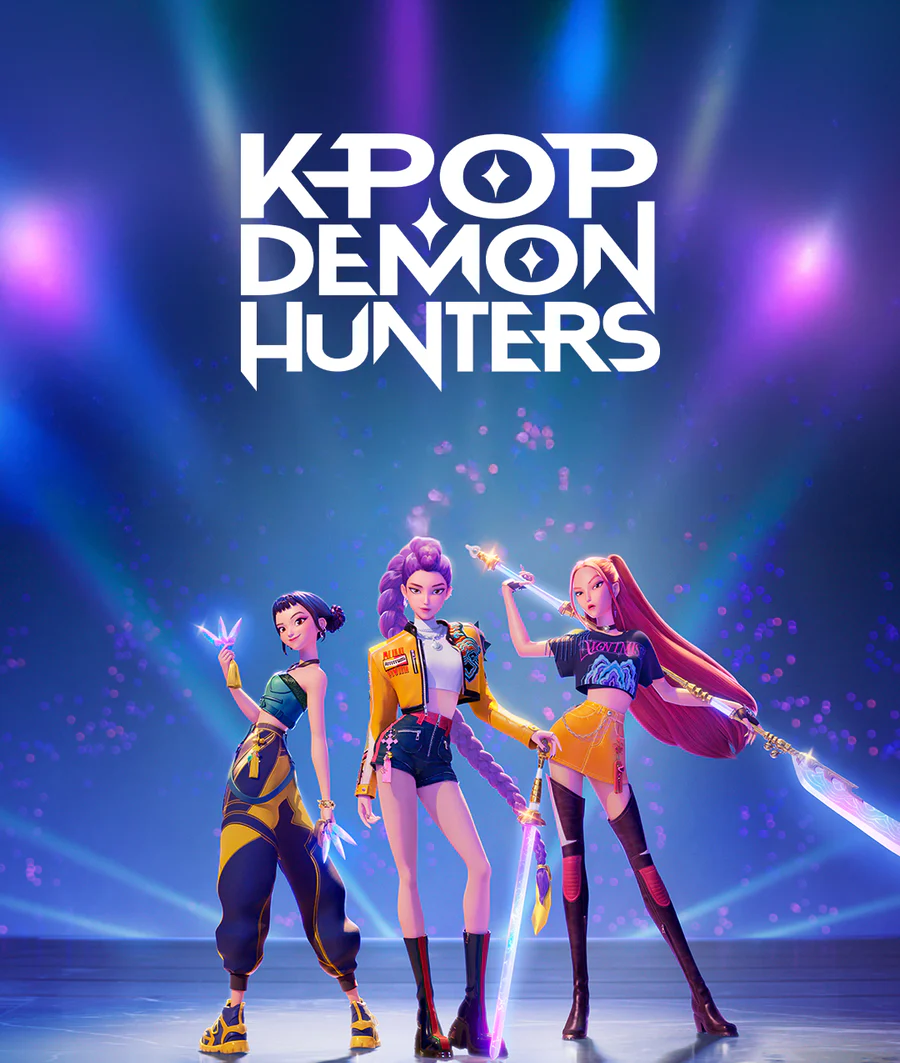From the Brandy Melville Boutique controversy to the late 2019 VSCO girl era, fashion trends come and go. Seeing that fashion is a way students on our campus choose to express themselves, Monte Vista has witnessed many of these. Representatives of our student body were enthusiastic about the opportunity to share their views on the evolution of fashion within our school community.
“I consider myself fashionable, in the sense that trends are fun to follow, especially when they have to do with shopping,” said freshman Harlow Heiden. “But ripped skinny jeans on boys need to go. When I said I missed 2017, that’s not what I meant.”
Back in 2017, ‘highlighter clothes’ were all the hype. In 2018, sequins; and in 2019, the infamous VSCO girl era. Since COVID-19, our society has evolved to more “clean girl” outfits, “clean girl” is a trend which first arose on TikTok and emphasizes a look of effortless natural beauty. This features minimalistic (modern and simple) and preppy (often expensive) aesthetics as well.
On the contrary of short-lived trends, certain styles have proven to be timeless. As Gen Z has grown up, they’ve engaged in many trends. They’ve been seen wearing Vans, Pizza My Heart t-shirts, Levis Jeans and Converse over the years. But when we take a look at letter man jackets and animal prints, it is obvious that certain trends will never go out of style.
Why is it that as a society we’ve been able to move on from most of these, but some trends have never gone out of style? When trends go out of style, it is usually because of a societal oversaturation, as we saw with the short-lived Hydro Flask trend. This is bolstered by microtrends and consumerism culture. Social media has become a catalyst for this movement. When a trend is timeless, it’s because the product evolves with current trends. You can view below the popularity of Jordans sneakers over the past 2 decades, which has only been increasing since their original release.
With the growth of fast fashion networks such as TikTok Shop, Shein, and Temu, shoppers are allowed to find easy justification and motivation to make more purchases. This has led to a never before seen increase of microtrends. Microtrends are one-off, short-lived trends. These factors lead to more coming and going of specific trends.
“I’ve been seeing a lot of jorts [jean shorts] lately,” said senior Mateo Fernandez. “It’s through my friends that I’ve found more appreciation and began to recognize certain trends. I’m here for the normalization of flip flops and Birkenstocks, but not Adidas Sambas.”
Given the increase of microtrends and consumerism culture, even with an occasional timeless invention, all of us, students and adults alike, can still subconsciously follow and dislike trends. Even if you don’t consider fashion to be your biggest element, it will always be presently evolving around you.









